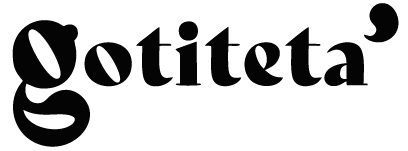Breastfeeding is a topic that generates various opinions and beliefs in our society. One of the concepts that is often misunderstood is that of "extended breastfeeding." What does this term really mean and what are the myths and realities surrounding it?
Demystifying the Term "Extended Breastfeeding"
First of all, it is important to clarify that the term "extended breastfeeding" can be misleading. The word "extended" suggests an unusual extension in time, when in reality what we are describing is breastfeeding that continues its natural course, without being interrupted artificially. It is more appropriate to refer to this practice as "uninterrupted breastfeeding" or "breastfeeding until natural weaning."
Myths about Uninterrupted Breastfeeding
One of the most common myths about uninterrupted breastfeeding is that it is not necessary beyond a certain age for the child. However, numerous studies have shown that breast milk remains beneficial for the child even after the first few years of life. Breast milk provides essential nutrients, protection against diseases, and even emotional and psychological benefits for the child and the mother.
Another common myth is that uninterrupted breastfeeding can lead to dependency in the child. In reality, breastfeeding is just one of the many ways a child seeks comfort and security from their mother. It is a natural part of child development, and as the child grows, breastfeeding tends to gradually decrease as the child acquires other skills and resources to meet their emotional needs.
Benefits and Realities of Breastfeeding Until Natural Weaning
Uninterrupted breastfeeding offers a number of benefits for both the child and the mother. For the child, it provides optimal nutrition, protection against diseases, emotional comfort, and strengthens the mother-child bond. For the mother, extended breastfeeding may reduce the risk of breast cancer, improve emotional health, and promote secure attachment with the child.
It is important to recognize that the decision to continue breastfeeding beyond a certain age is personal and should be based on the needs and desires of both the mother and the child. There is no set age at which breastfeeding should be stopped; each mother-child duo is unique and will follow their own path to natural weaning.
Conclusion
In summary, uninterrupted breastfeeding, or breastfeeding until natural weaning, is a practice that offers a number of benefits for both the child and the mother. It is important to demystify the concept of "extended breastfeeding" and recognize that this practice is a valid and beneficial option for many families. By educating ourselves about the myths and realities of breastfeeding, we can support and respect the individual decisions of mothers and promote a culture of inclusive and respectful breastfeeding.





